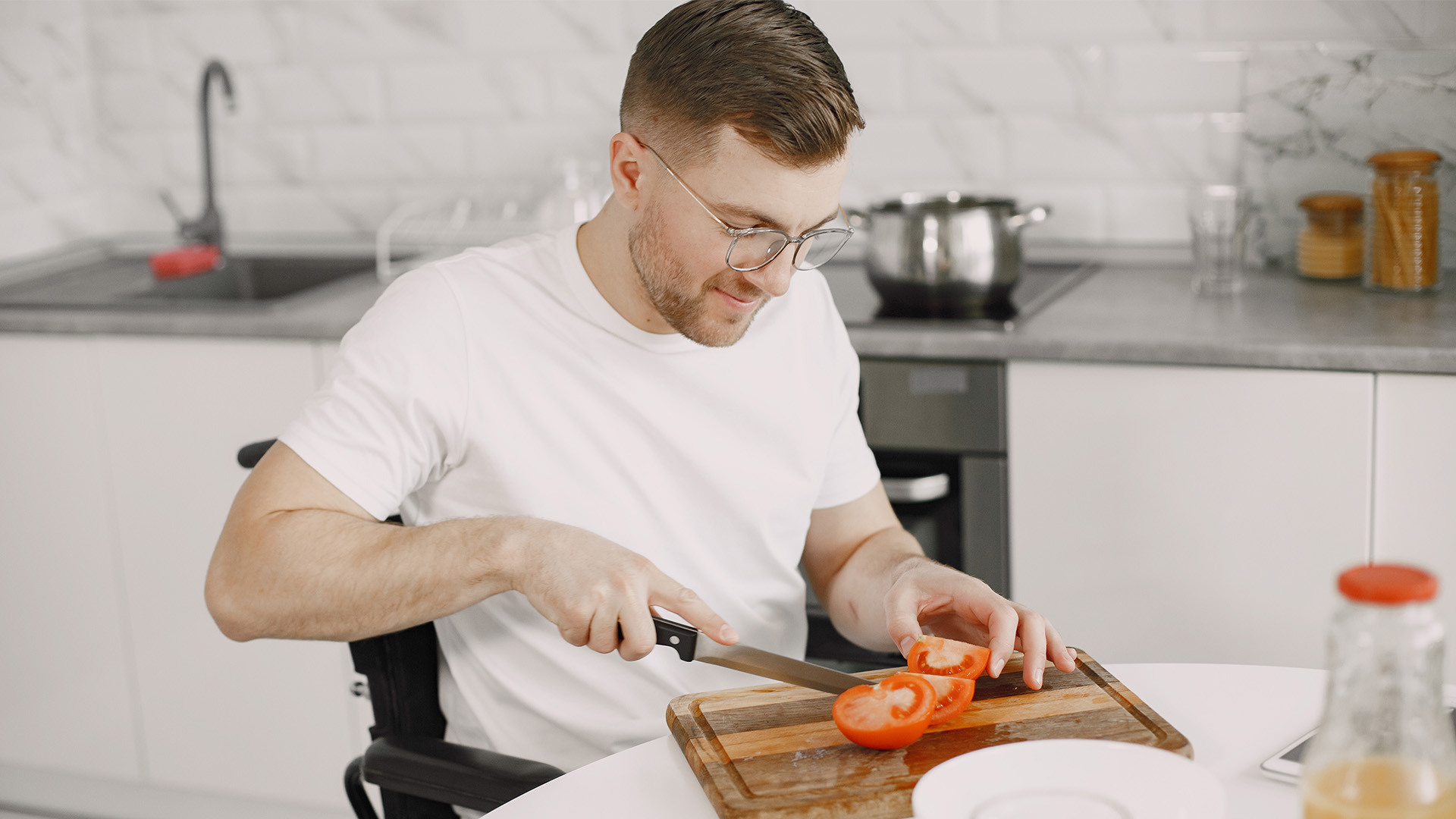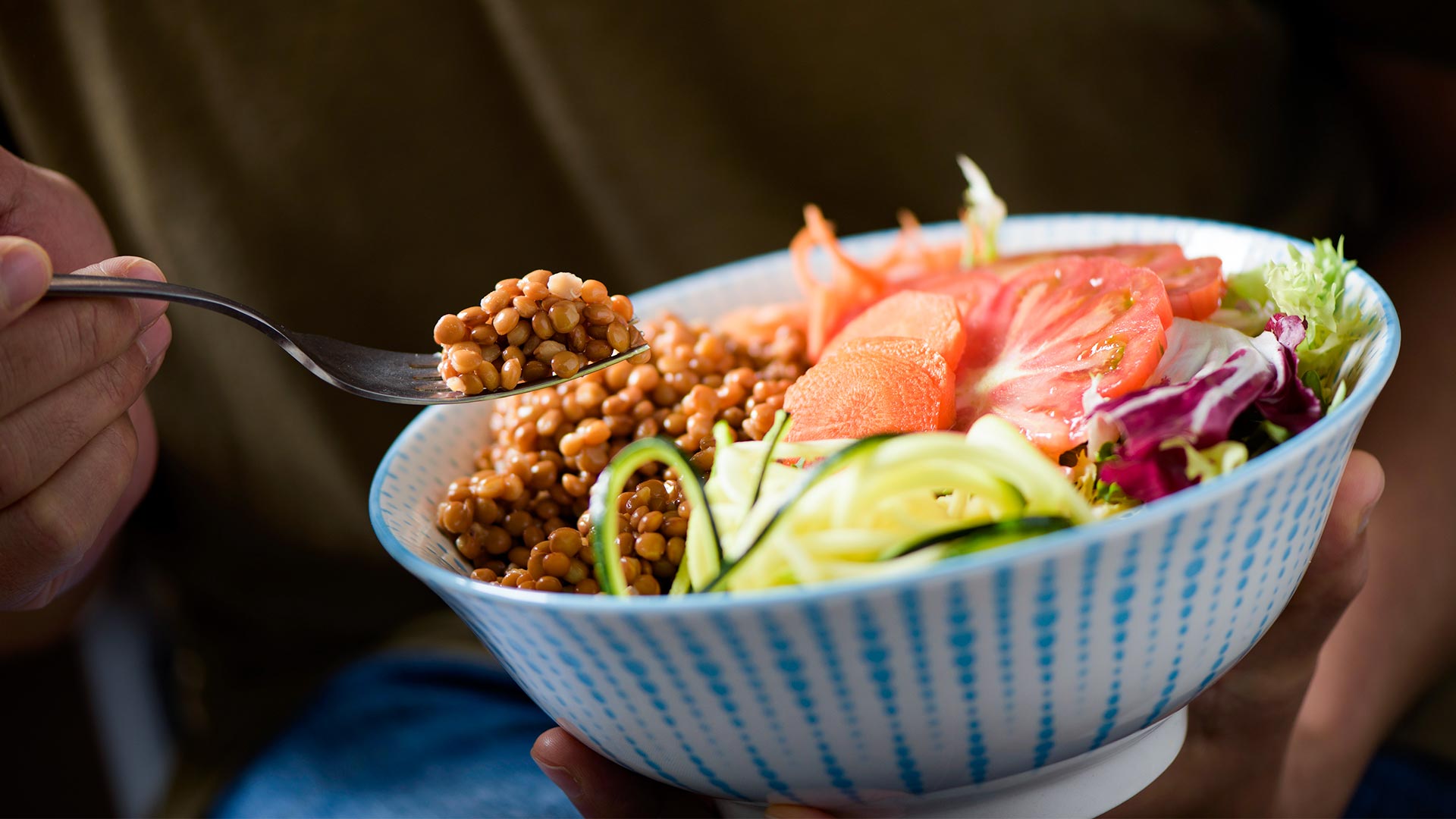Break Your Salt Craving and Make Smart Food Choices for Optimal Blood Pressure Control
For many of us, salt is a common food craving. Many people routinely add table salt (approximately 40 percent sodium and 60 percent chloride) to their food before they even taste it, in many cases adding extra salt to foods that already are loaded with sodium. However, most of the sodium in our diets comes from food bought at a grocery store or restaurant. More than 75 percent of the sodium Americans consume comes from a processed, prepackaged or restaurant food, not from the salt shaker. Processed meats, cheeses, salty snacks, pastas, breads and many other products contain sodium, even if they don’t taste salty.
To be clear, though, sodium in itself is not bad for you. In the right amount, our bodies need some sodium, a mineral essential for life. Table salt includes sodium, which the body uses to regulate water levels, and chloride, which is essential to the nervous system. Approximately one teaspoon of salt equals 2,300 milligrams (mg) of sodium. Too much sodium in your diet can contribute to hypertension, a substantial risk factor for heart disease. High blood pressure, or hypertension, occurs when the force of the blood flowing through your blood vessels is consistently too high. Extra sodium in your bloodstream pulls extra water into your blood vessels, increasing the total amount (volume) of blood inside your blood vessels. With more blood flowing through your blood vessels, blood pressure increases. High blood pressure makes your heart work harder and over time can take a toll on other organs in your body, too.
The American Heart Association (AHA) estimates that, on average, Americans consume approximately 3,000 mg of sodium per day. This is about twice the daily amount recommended by the AHA. Your doctor or dietitian can tell you the specific amount that is right for you. A major contributor to elevated sodium consumption is eating processed foods – such as cold cuts, frozen dinners and chips – instead of fresh meals prepared at home. Dining out, especially at fast-food restaurants, also is a significant factor.
Cutting Back the Right Way
As with any strong craving, reducing your salt intake can be difficult, but it’s not impossible. The best way to cut back is to do it gradually over a few weeks, giving your taste buds time to adjust. By taking your time and following a few simple strategies, you can kick the habit faster than you might think.
-
Pay close attention to the nutrition labels. Most items you buy at the grocery store have a nutrition facts label that lists how much sodium an item contains, along with other important nutritional information. Look for “sodium” on the food label and pay close attention to keep you on track for the right amount of sodium per day. Make it a goal to stay under 2,300 mg a day. Remember the amount of sodium listed is per serving, not necessarily the entire package. If a food item contains more than 300 mg of sodium per serving, it is considered high sodium. Foods with less than 140 mg of sodium per serving can be considered low sodium. Once you’ve looked at the labels, compare the sodium amounts to other brands of the same kind of food.
-
Look for packaging clues. When it comes to prepackaged or canned foods, items labeled “low sodium,” “reduced sodium” or “sodium free” are better options. However, if the word “instant” appears on the package, check the label closely, because there’s a good chance it’s high in sodium.
-
Eat smaller portions. Less food means less total sodium. When you eat out, split your meal with a friend or take half of it home for lunch the next day.
-
Prepare your own food as much as possible. Buying whole food ingredients at the grocery store or local markets and preparing most of your meals at home from fresh ingredients will help decrease your overall daily sodium intake. Fresh beef, chicken and seafood are less likely to have high levels of sodium. Highly processed meats such as sausage and bacon will have higher levels of sodium. Choose fresh rather than canned fruits and vegetables for side dishes, and pick unsalted nuts when you’re looking for a snack.
-
What to pack for lunch. If you pack a lunch, include a variety of healthy foods such as hard-boiled eggs, salad, raw carrots or celery with hummus, and fresh apple slices with nut butter (unsalted or no added salt) or strawberries. Be mindful with sandwiches — bread can have between 100 mg and 200 mg of sodium per slice. Also keep in mind, processed sandwich meats and cold cuts can contain high amounts of sodium. A smart alternative is to switch the lunch meat out a few times a week for other lower sodium options such as low-sodium tuna and vegetables, hummus or hard-boiled eggs for extra flavor and protein.
-
Ask about low-sodium options when eating out. Your server will be familiar with these kinds of questions and most restaurants are happy to accommodate special dietary needs when they can. Ask your server for a low-sodium menu, which many restaurants offer. Limit your trips to the pizzeria, too. Pizza contains several high-sodium ingredients such as cheese, pepperoni, sausage, ham and even the crust and tomato sauce. To reduce some of the sodium, ask if the restaurant will make your pizza with olive oil or a lower-sodium tomato sauce, go light on the cheese and top it with vegetables. It is always a good idea to order a salad and limit yourself to one or two slices.
For many people, following a Mediterranean or DASH diet (Dietary Approaches to Stop Hypertension) is an effective way to eat heart healthy. Both of these meal plans focus on incorporating more fresh fruits, vegetables, whole grains and healthy fats, while limiting the amount of sodium and highly processed foods.
Remember that cutting back on salt and sodium doesn’t mean you can’t enjoy food anymore. In fact, by exploring the many different ways to season your food without adding extra sodium, you might discover some new flavors that end up among your favorites!
Talk to your Orlando Health Physician Associates Primary Care Doctor to schedule an appointment with our Registered Dietitians
From routine well-care visits to the unavoidable sick visits, you’ll enjoy easy access and personalized care. We take the time to listen, answer questions and clearly explain conditions and treatment options. Moreover, our physicians practice collaborative medicine, working with you to help keep your family happy and healthy.
Request an Appointment Today










